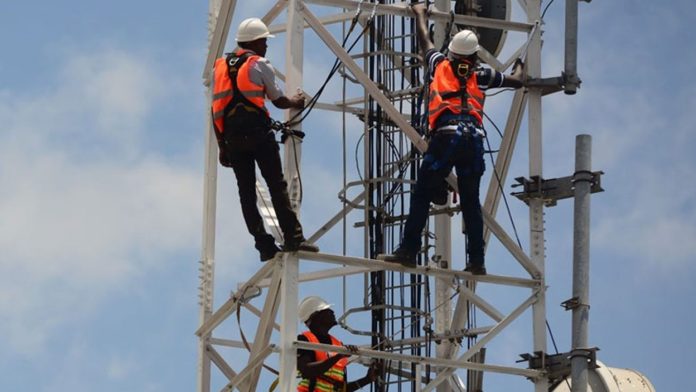•Nigerians Consume 518,381 Terabytes of Data
Harsh economic conditions, insecurity and foreign exchange (FX) crisis might have contributed significantly to the drop in foreign direct investment (FDIs) into the telecoms sector in 2022, with capital inflow falling by almost 50 per cent.
According to the 2022 Subscriber/ Network Data Yearly Report released by the Nigerian Communications Commission (NCC), yesterday, the telecoms regulator puts FDIs that entered the sector in 2022 at $399.9 million, compared to $753 million recorded in 2021, showing a gap of $353.1 million or 46.9 per cent.
Relying on data from the Central Bank of Nigeria (CBN), NCC also informed that telecoms industry’s contribution to the gross domestic products (GDP) increased from 12.61 per cent in the fourth quarter of 2021 to 13.55 per cent in the fourth quarter of 2022.
In the 57-page document, which disclosed all the activities, including investments as regards the telecoms sector in 2022, NCC informed that based on the submissions received from responsive service providers in the industry, domestic investment (CAPEX) was N785.7 billion as of December 2022; operating cost, N2 trillion and revenue was N3.88 trillion.
Further analysis of the report showed that GSM players including MTN, Globacom, Airtel and 9mobile spent N718.3 billion on capital expenditure (CAPEX), with an operating cost of N1.99 trillion and earned revenue of N3.329 trillion.
The GSM operators’ earnings represented an 18.7 per cent increase when compared with N3.2 trillion recorded in 2021.
The data also showed the dominance of the mobile network operators as they accounted for 86 per cent of the industry’s revenue.
Fixed wired operators invested N61.3 million, operated with N841.7 million and earned N385 million. The Internet service providers spent N5.24 billion in CAPEX with an operating cost of N71.2 billion and earned N92 billion in revenue. The value-added service (VAS) providers saw N417 million CAPEX, operating cost of N14.9 billion and earned N40.7 billion.
Collocation and infrastructure sharing companies got N3.2 billion in revenue and operating costs of N3.18 billion and invested N326.9 million. Other telecoms operators, according to NCC, spent N524 million on CAPEX investment, operated with N6 billion and got a revenue of N5.59 billion.
Further analysis of the NCC statistics, which were compiled by the Policy Competition and Economic Analysis Department of the Commission, showed that telecommunications subscribers in Nigeria consumed a total of 518,381.89 terabytes of data in 2022.
This showed that data consumption in the country increased by 47 per cent when compared with the 353,118.89 terabytes consumed in 2021.
According to the report, the number of Internet subscriptions across the networks also increased from 141.9 million as of December 2021 to 154.8 million as of December 2022 representing an increase of 9.06 per cent. Aside from the increase in subscriptions, which pushed up data consumption, the launch of 5G in the year by MTN also contributed to the jump.
According to NCC, the number of active subscriptions across the telecoms networks increased from 195.4 million in 2021 to 222.5 million as of December 2022. This showed that the operators added 27.1 million subscriptions in the year, representing a 13.86 per cent increase in active subscriptions year on year.
The Commission stated: “The increase in the Operators’ subscriber base was attributed to several reasons which include subscriber loyalty, promos, seasonal effects, aggressive consumer acquisition drive, and competitive product offerings across all the networks.
“The increase in Active Subscription impacted positively on other derived telecoms indicators such as Teledensity, Internet Penetration as well as Broadband Penetration.”
MEANWHILE, in terms of industry infrastructural development, NCC said substantial telecoms infrastructure deployments were recorded in the year under review by the service providers.
Specifically, NCC said a total of 34,862 towers were recorded from telecoms operators across the country. The Commission said the operators also reported a total number of 127, 294 base stations; while microwave coverage recorded last year stood at 289,270.48km. It disclosed that a total number of 125 Gateways were in use in the telecoms industry as of December 2022, while fiber optics deployment stood at 96,198 km (terrestrial fiber & submarine cable).
Credit: The Guardian

